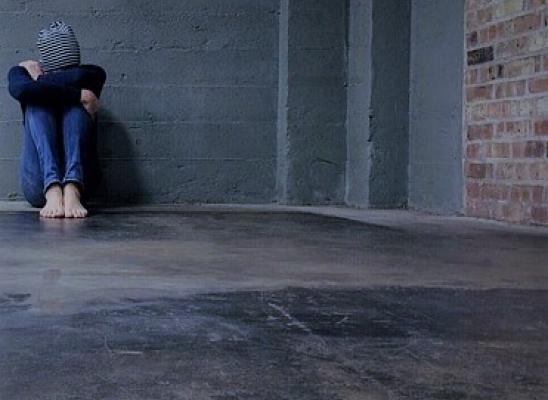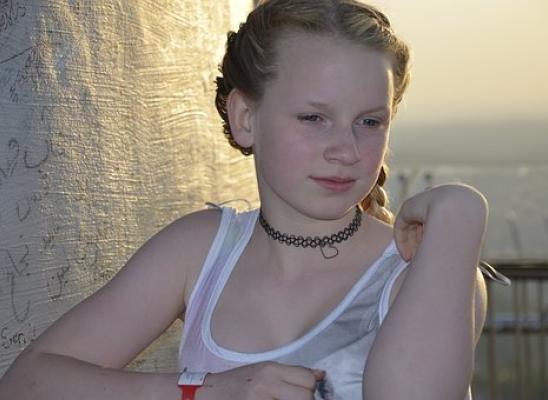New Study - The Difference between OCD and Trich

Online test
Find out the severity of your symptoms with this free online test
Trichotillomania at times resembles Obsessive-Compulsive Disorder (OCD) in the feelings of compulsion and repetitive behavior, but the two disorders have different symptoms and require different treatments. Trichotillomania may also resemble a tic disorder, as the action of pulling feels automatic and is preceded by an uncomfortable sensation that must be relieved.
Similarities between obsessive-compulsive disorder (OCD) and trichotillomania (TTM) have been widely recognized. Nevertheless, there is evidence of important differences between these two disorders. Many people with trichotillomania try to stop the behavior but feel unable to do so. At times, these behaviors are consciously and intentionally performed as a means of coping with powerful or painful emotions. However, unlike OCD compulsions, people with hair-pulling disorder report a pleasurable gratification from hair pulling.
Another difference between OCD and hair pulling is the hair pulling may not be preceded by an obsession or intrusive thought. This distinction has led some professionals to suggest that perhaps hair-pulling and skin picking are more similar to each other, than to OCD. Subsequently, some mental health researchers and clinicians believe that hair-pulling and skin-picking, belong in a separate category of body-focused repetitive behavior (BFRB) disorders, independant of OCD. People with this disorder often have other body-focused repetitive behaviors such as nail-biting, and skin-picking (excoriation disorder). For now BFRBs are classified as an OCD-related disorder.
Make a difference by participating on the online survey
Research on Trichotillomania and Obsessive-Compulsive Disorder, and their relationship with perfectionism and sensory processing is being conducted. The purpose of this study is to further examine any similarities and differences between Trichotillomania and Obsessive-Compulsive Disorder. The survey should take about 30 minutes to complete, and all responses are kept anonymous. While it is possible that the results of this research may be published, you would never be mentioned by name. This research will not likely benefit you directly in any way, but what we learn may help healthcare providers better understand Trichotillomania and Obsessive-Compulsive Disorder and find better ways of treating these disorders in the future. Trichotillomania did not appear in the popular media in the United States until about 1989. As a result, many people with Trichotillomania have gone for many years without adequate information about their condition, or appropriate treatment. The more research conducted the better people will understand and know about Trichotillomania.
You can take part of the survey by clicking on this link: https://www.surveymonkey.com/r/F2HFVXS
Online test
Find out the severity of your symptoms with this free online test
Start your journey with TrichStop
Take control of your life and find freedom from hair pulling through professional therapy and evidence-based behavioral techniques.
Start Now



